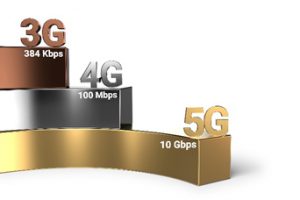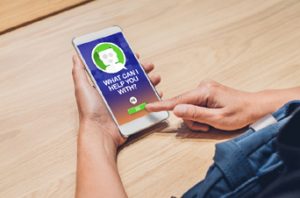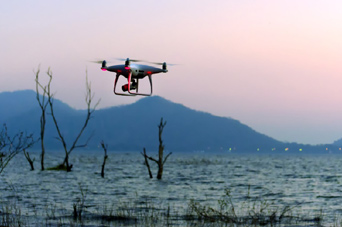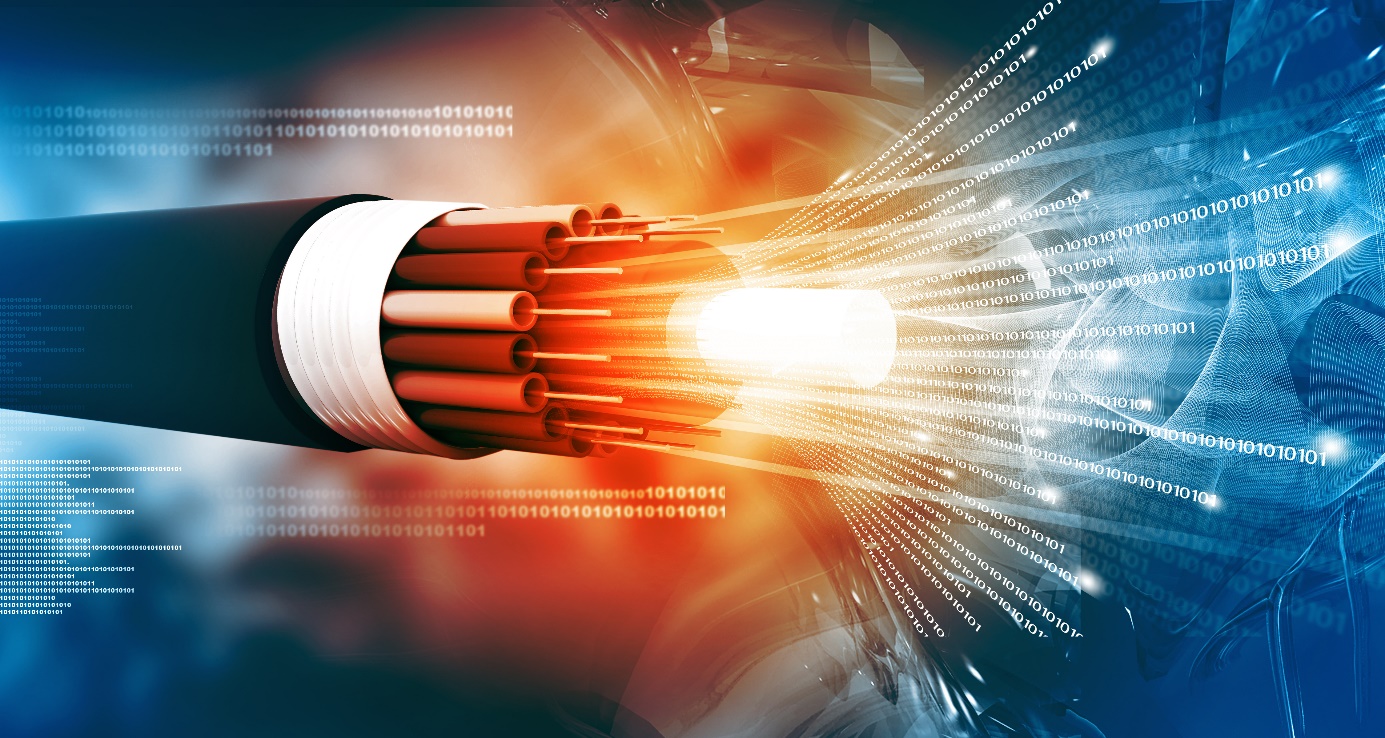The Convergence of 5G, IoT and AI

Today, emerging internet technology draws from mobile broadband, the Internet of Things (IoT), and Artificial Intelligence (AI) to create strong wireless networks that support a growing number of wireless devices. This new technology has an almost limitless potential to improve our lives by giving us more control over our environments and boosting our efficiency.
Let’s take a closer look at the convergence of mobile broadband, IoT, and AI and what advancements in internet technology mean for rural people who depend on wireless solutions to connect to the internet.

5G Networks Supports a Vast Number of Wireless Devices
The next generation of mobile broadband is almost here. The global standards body for mobile broadband, 3GPP, introduced the first 5G NR mobile data specifications at the end of 2017. At this year’s Consumer Electronics Show (CES) in Las Vegas, cellular carriers were excited to show consumers how they’ve been using these specifications to build powerful new networks:
- In his keynote address, Verizon CEO Hans Vestberg spoke enthusiastically about the next generation of mobile broadband. Vestberg and other industry leaders, including AT&T CEO John Donovan, predict that 5G will trigger a second digital revolution that replaces wired internet technology with powerful wireless networks.
- AT&T CEO John Donovan also delivered a keynote address on 5G. Unfortunately, his address was overshadowed by the widespread industry criticism of AT&T’s “5G E” networks, which do not meet industry specifications for 5G. Sprint is, currently, suing AT&T for deceptive marketing of 5G E.
- Sprint took CES 2019 as an opportunity to announce that, in partnership with Nokia and Qualcomm, it had just completed the world’s first call over a 5G network in San Diego. During the test, researchers were also able to stream YouTube videos and use Skype.
Experts predict that 5G will be up to 120 times faster than 4G LTE. The average 4G LTE internet connection from Verizon, AT&T, or Sprint has a download speed of between 5 and 12 Mbps and an upload speed of between 2 and 5 Mbps. 5G, then, may overtake the speeds of wired internet connections like cable internet, which typically have download speeds of between 20 and 100 Mbps.

Unfortunately, rural people won’t see these faster internet speeds right away. While Verizon has experimented with installed 5G in smaller cities like Brockton, MA, and Bernardsville, NJ, most carriers are currently focused on bringing 5G to major urban areas. If carriers deploy 5G on the same timeline as 4G LTE, rural areas won’t have access to 5G networks until around 2025.
IoT Rapid Growth is Sparking an Increase in Mobile Data Traffic
The IoT is the network of wireless devices, including self-driving vehicles and devices that use augmented or virtual reality, that connects to the internet over wireless protocols like mobile broadband. Ericsson predicts that, because the IoT is growing so quickly, mobile data traffic will increase 8000% between 2018 and 2023.
In the next decade, 5G will meet much of this growing demand for mobile data. By 2023, Ericsson predicts that 5G networks will carry 20% of mobile data traffic. Hardware manufacturers are already preparing for this shift. At CES 2019, manufacturers showcased a number of IoT devices that already work with 5G:
- Qualcomm showcased a range of mobile hotspots compatible with wireless 5G networks during CES 2019. Qualcomm is taking a leading role in 5G hardware development, as it’s producing 5G chips for carriers like Verizon, AT&T, and Sprint.
- Samsung displayed a 5G-compatible prototype of the Galaxy S10 in its booth. This prototype is the first that meets industry specifications for 5G NR. Unfortunately, Samsung has since confirmed that the phone won’t be part of its Galaxy S10 drop this spring.
The Newest IoT Devices Use Innovative AI Technology
One of the main purposes of the IoT is to automate routine processes, so that people don’t have to waste time on mundane tasks. The key to automation is AI. AI devices can complete tasks that typically require human intelligence, like planning, problem solving, perceiving, moving, socializing, and learning. Like humans, these devices turn to the internet for answers.
AI programs, like Siri, have limited functionality when they aren’t connected to the internet. For example, Siri only knows who the Patriots play next week because it finds that information on the internet. Many AI devices depend on mobile broadband to function and communicate effectively with humans and other devices. AI, then, converges with 5G and the IoT on an existential level.
Are you ready for the future? Check out our mobile broadband plans to see how you can start using IoT and AI technology, even if you live in a rural area without access to wired internet.






